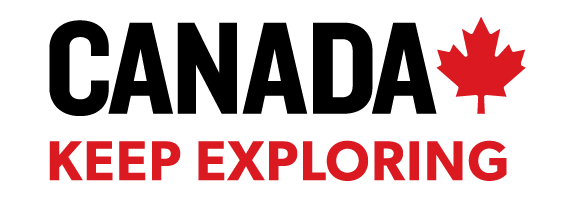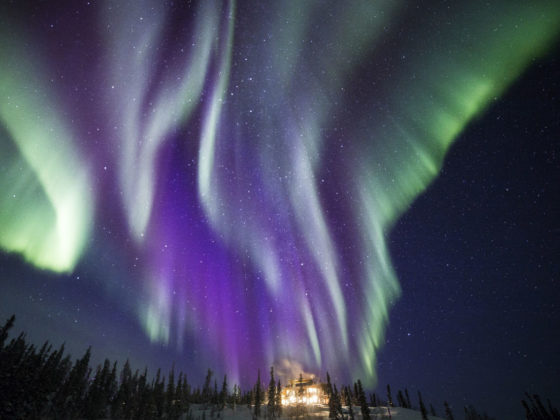CANADIANS OFTEN SAY there’s no such thing as bad weather, only impractical clothing. The solution? Bundle up! Once you’re properly outfitted, you’ll be ready to experience the aurora borealis and stars as clear as you’ll ever see them. And just like cold air means clear skies, cold water means clear water — wear the right wetsuit and you can dive into a corner of the Pacific so full of marine life it’s called God’s Pocket.
Don your beanie — or toque as it’s called up here — and you’ll be set for the explosion of festivals that take place across the country during the winter months: Partying at the only ice hotel on the continent in Québec City, joining mountaintop snowboarding parties above Vancouver, checking out Toronto’s interactive arts festival…it’s all happening from November to March. When the days get shorter, Canada just gets better.
1. Whistler, BC

Photo: Mike Crane, courtesy of Tourism Whistler
With more than 200 runs, the number of superlatives to describe Canada’s answer to Aspen are nearly endless. Covering 8,171 acres across two mountains, this isn’t just North America’s largest ski area; Whistler has the highest vertical drop in the country, 16 bowls, and some of the best terrain variation to boot. And on top of all that, the area gets hit with an average of around 430 inches each year. In fact, it gets so much snow that the season goes until April. That’s when the World Ski & Snowboard Festival takes over town for 10 days of massive concerts, photography, film, and ski competitions, and truly wild après. No wonder Whistler’s slopes are often touted as the best in the world.
But it’s been voted the number one resort in North America for its off-hill activities, too. Check out November’s 11-day Cornucopia food and drink fest, which brings together the best of Pacific Northwest food, wellness events, and what practically amounts to a river of wine and locally brewed beers. Other activities include winter bungee jumping over the glacially fed Cheakamus River, looking for eagles on a wildlife tour, checking out the Whistler Film Festival (late November – December each year), and chilling at Scandinave Whistler Spa, where the Finnish-style water baths are surrounded by mountain valleys studded with pine and spruce.
2. Yellowknife, Northwest Territories
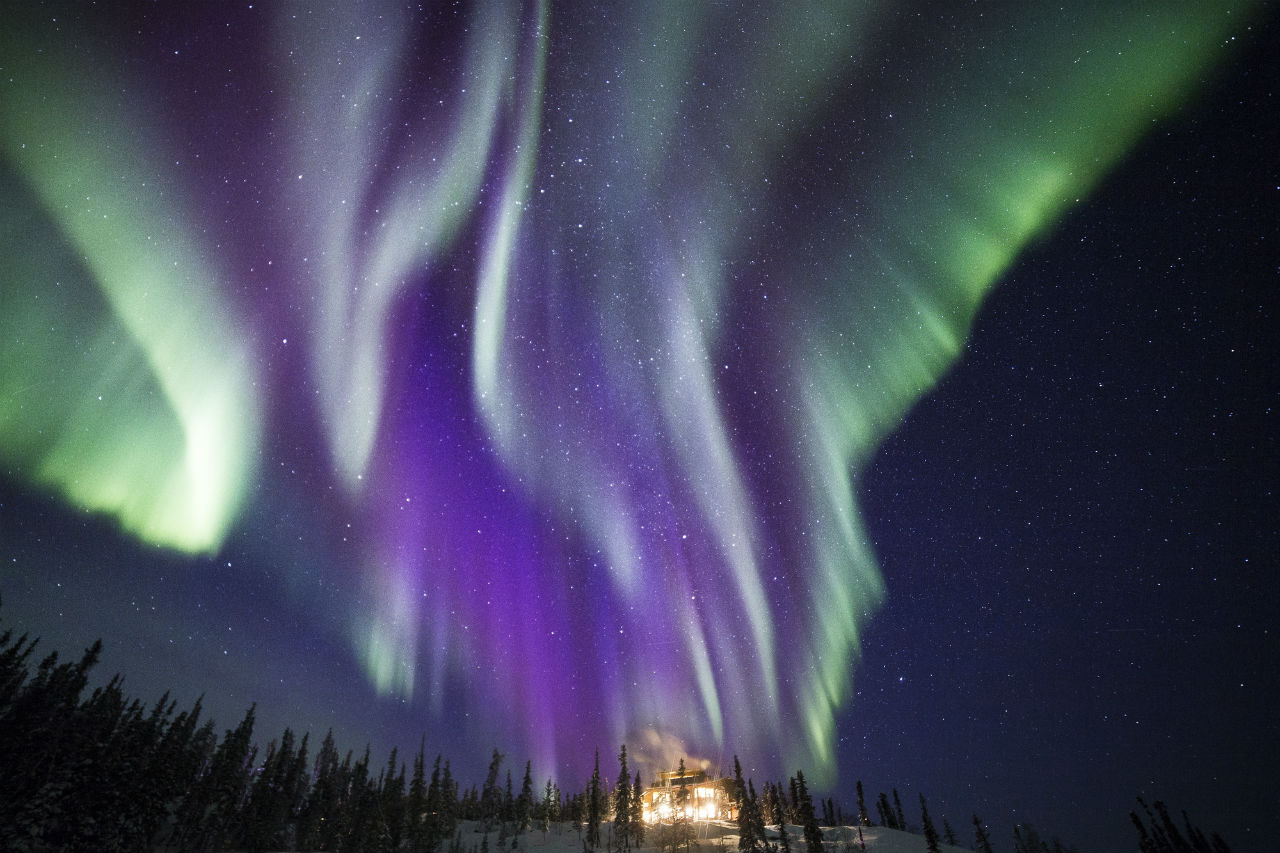
Photo: Martina Gebrovska for Blachford Lake Lodge
Just 250 miles south of the Arctic Circle, Yellowknife is one of the best places in the world to see the Northern Lights. The aurora, caused by electromagnetic energy drawn to the Earth’s poles, lights up the sky in dancing waves of green and pink all year, but the best time to see the phenomenon is between November and April when the frozen, starry nights are long and clear.
See the aurora however you’d like: From a hot tub at a wilderness cabin, dogsledding over frozen lakes in a boreal forest, in a heated teepee…or just head outside with a blanket and thermos.
While you’re up there, kick back at the Snowking Winter Festival, a month-long series of events, dinners, and live music all held in March in a huge snow palace constructed on Great Slave Lake. There are art shows, bands, and film fests — the festival even features a “Best in Snow” fashion show.
3. Banff and Lake Louise, Alberta
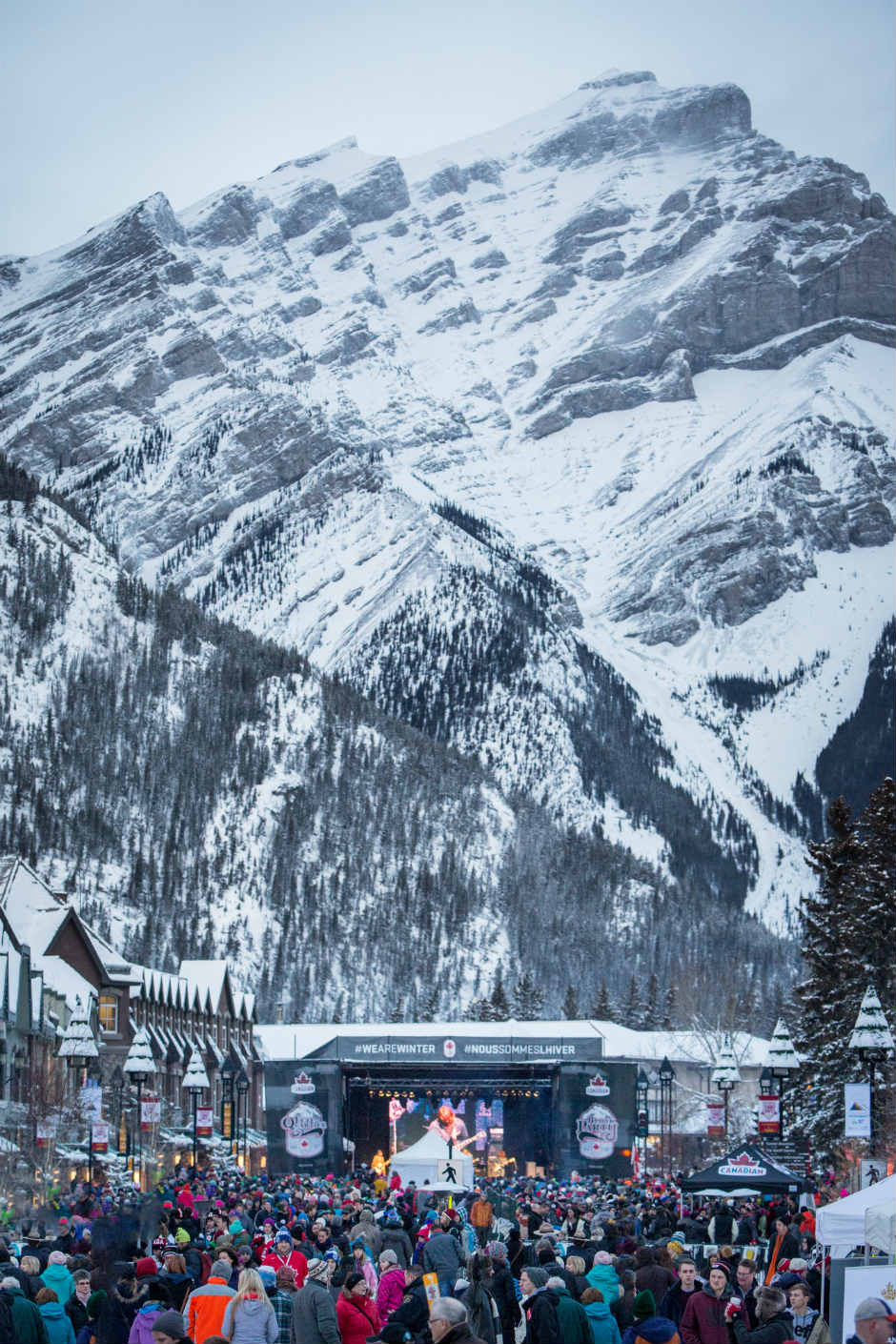
Photo: Paul Zizka Photography
Banff and Lake Louise are known for their ski slopes and the world-renowned Banff Mountain Film and Book Festival, but there’s a lot more going on in this mountain playground. The winter blues aren’t really a thing here, even with the short daylight hours around winter solstice. There’s a whole month of festivities at SnowDays to fend off any snowy misgivings — with heritage scotch tastings, skating on spectacular Lake Louise, and the ice firepit at the festival’s kickoff party, anyone can have fun in the snow. Lake Louise also hosts Ice Magic, an international ice carving display and competition.
Lake Minnewanka, just past the Banff townsite, is home to an impressive natural phenomenon: methane bubbles frozen into elaborate formations in the ice. When the ice’s surface is clear of snow, you can see countless orbs, suspended in time — making for a way cooler Insta shot than your friends’ same-old tropical beach vacation. Closer to Calgary, check out Yamnuska Wolfdog Sanctuary for a personal encounter with wolves.
4. Québec City, Québec
Before you plan anything else, start by securing yourself a room in the only ice hotel on the continent. The Hôtel de Glace opens from January to late March and takes five weeks to build out of 500 tons of ice and 15,000 tons of snow. From the huge ice chandelier in the Great Hall to the chapel to the ice bar, this place is incredible. There’s also an outdoor spa and sauna that are as surreal as they are toasty — they’re also great for stargazing.
After checking in, head straight for Carnaval. The largest outdoor winter festival on the planet, it features an international snow sculpture competition — and these aren’t your typical backyard snowmen, either, but professionally crafted works of art made by contestants from around the world. There are also canoe and dogsled races, and for a taste of local culture, you can try tire sur la neige — taffy made by pouring fresh maple syrup over crushed ice or snow.
In Québec City, the week between Christmas and New Year’s Day heats up on the pedestrian-friendly street of Grande Allée. The Jour de l’An festival is the place to get into the holiday spirit by riding a Ferris wheel with Christmas music in the air. When the time comes, ring in the new year at a huge (and free) open-air dance party. Bonne année!
5. Winnipeg, Manitoba
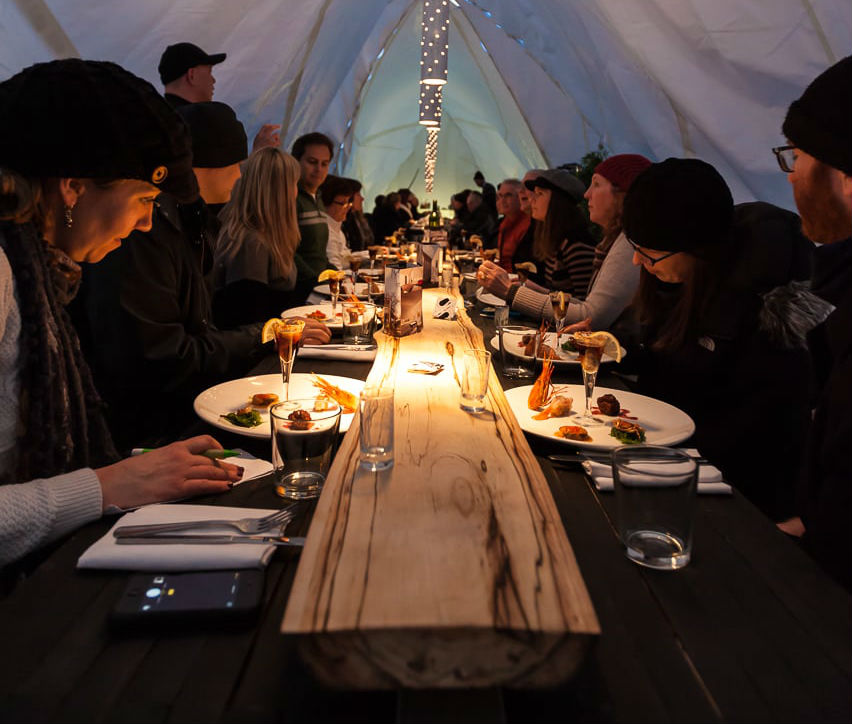
Photo: Jacqueline Young for RAW:Almond
Nicknamed “Winterpeg” for obvious reasons, Winnipeg does winter really well. Check out Winnipeg‘s Festival du Voyageur, for example — it celebrates Canada’s fur-trading past, when French-Canadian hunters and explorers swapped pelts for other goods from their massive canoes. And then, no winter visit to the Canadian prairies is complete without some curling — take in a game at the Manitoba Open Bonspiel.
Think you’ve seen it all when it comes to the restaurant scene? If you haven’t visited Winnipeg in winter, you’d be wrong. Make a reservation at RAW:almond, a restaurant built on the frozen surface of the Assiniboine River. Bring your toque for a community-style dinner, or lace up and head to the skate-in brunch.
Taking the train from town for a side trip to Churchill could let you see the aurora borealis in a whole new way…from a heated aurora pod in the tundra. Bonus: Churchill is also famous for its polar bears. Prime viewing time is October and November, but you can also see them in winter.
6. Montréal, Québec
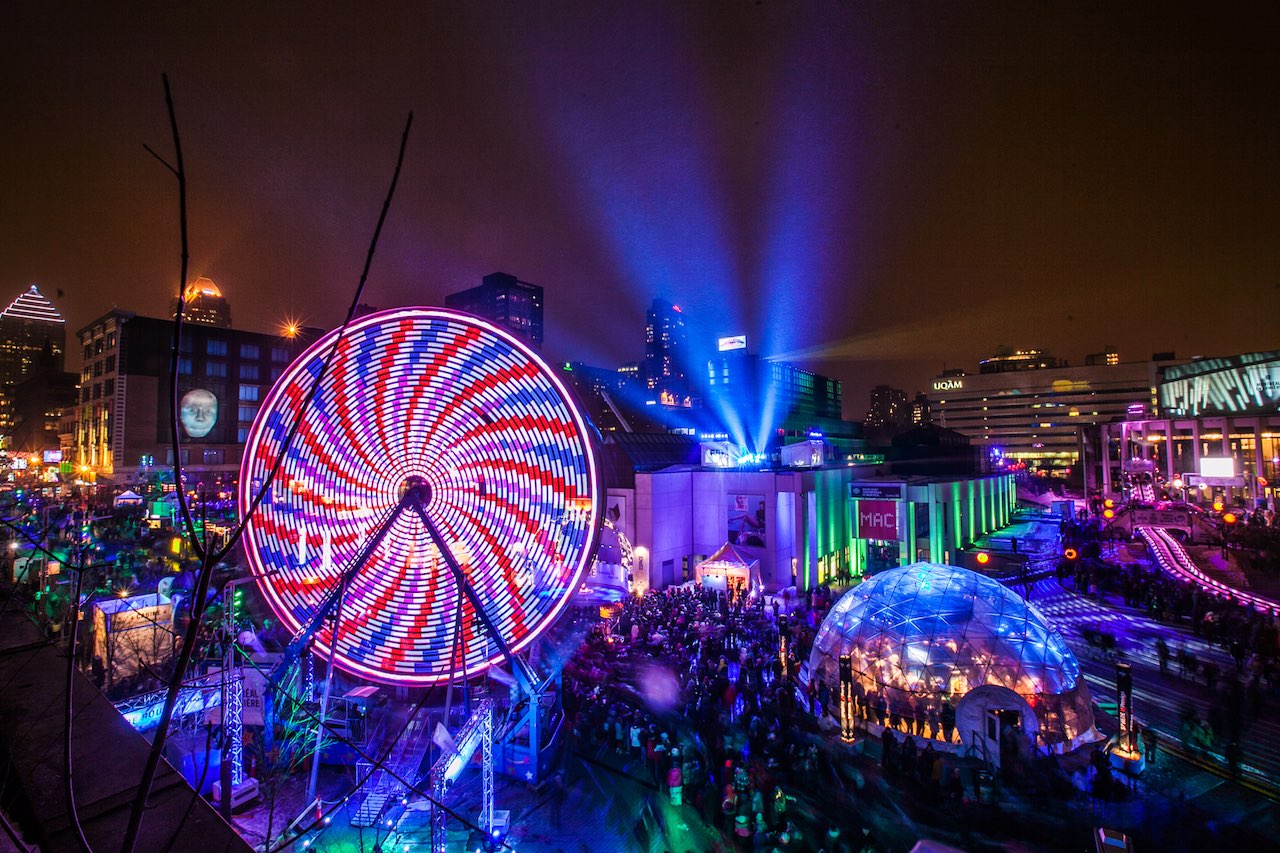
Photo: Quartier des Spectacles
Montréal en Lumière literally lights up Canada’s second-biggest city from February to March. The festival features local and international chefs, with local cider tastings and live cookoff events. You should also make time for the circus performances and fire pits, along with the 360-foot outdoor slide at Place des Festivals.
There’s also Igloofest (January 12 – February 19), the electronic music dance festival that takes over the Old Port for four weekends in the darkest of the winter months. Get some neon-coloured “Iglooswag” to spruce up the rest of your winter. And then, although closing hour is usually 3am in Montréal, March’s annual Nuit Blanche keeps the fun rolling until 6am; the city’s best venues open up their doors and host free shows and tours all night long.
7. Ottawa, Ontario
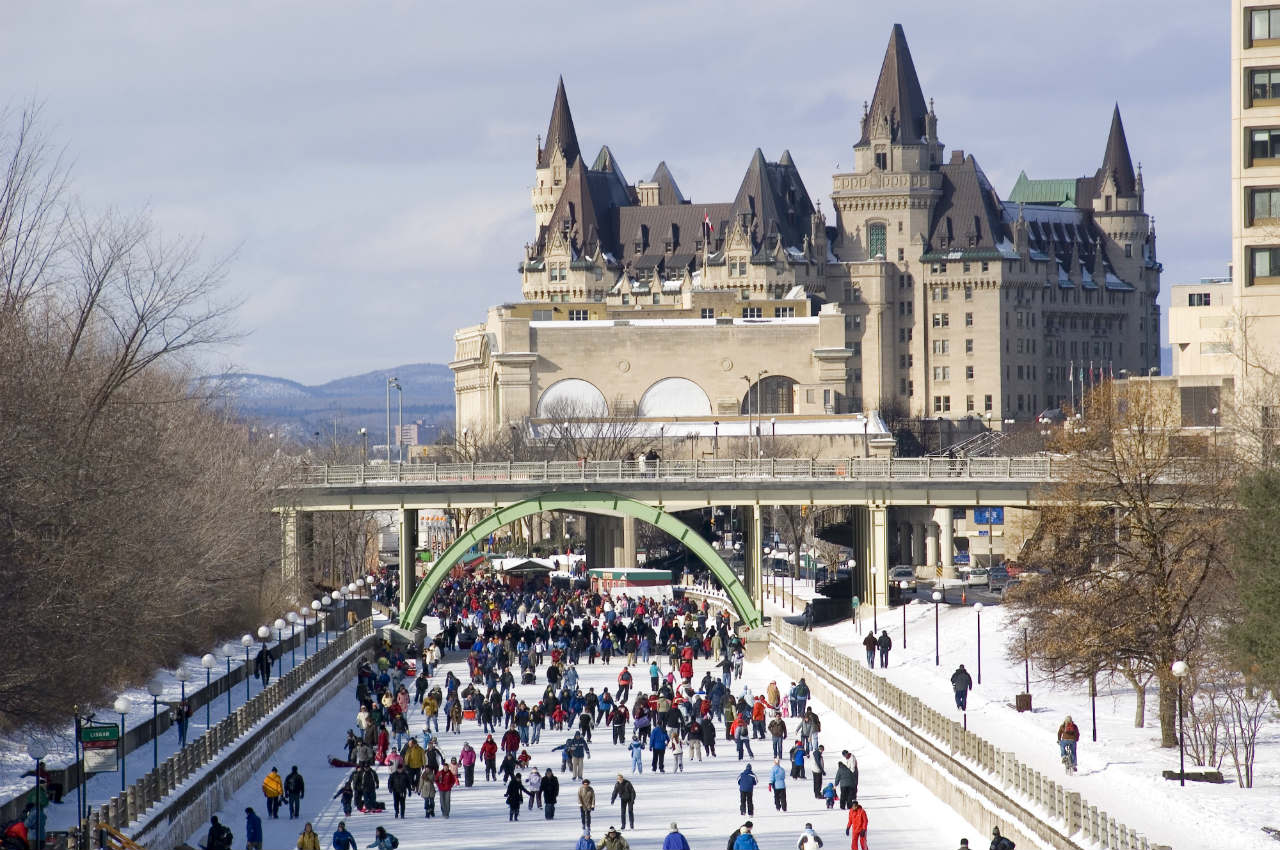
Photo: Ottawa Tourism
The world’s largest naturally frozen skating rink also acts as a commuter pathway for Ottawa‘s citizens, fulfilling your Great White North stereotypes in style. The Rideau Canal Skateway is open 24 hours through most of January and February (check the website for conditions). It also hosts Winterlude, a celebration of winter with events unfolding most weekends in February. Make sure to catch the kickoff party in February, with beautiful ice sculptures and an outdoor dance party in Confederation Park.
And how about signing up for the Winterlude Triathlon? It combines a 5-mile skate with cross-country skiing and running — a hardcore event, especially when you consider the fact that it’s, you know, winter. Triathalon or not, the frosty air means you probably deserve a treat — head to the nearest BeaverTails stand for a signature Canadian masterpiece: fried dough covered in cinnamon and sugar. It’ll keep you warm!
Also this winter, Red Bull Crashed Ice will come to the capital for the first time ever with the Ice Cross Downhill World Championship. The world’s top skaters will race each other down terrifying hairpins — at speeds of up to 40mph — on the locks of the Rideau Canal, March 3-4, 2017.
8. Port Hardy, BC
This small town on the northern tip of Vancouver Island has some of the most diverse cold-water diving in the world. The region’s relatively new provincial park is called God’s Pocket for a reason. With a little luck you can see wolf eels, killer whales, and giant Pacific octopus. Then there’s the coral and anemone colonies that cover the Browning Wall — a sheer, underwater rock face descending 230 feet.
Port Hardy is also known for winter saltwater sport fishing, with winter-run steelheads starting up around mid-December. In town, a variety of large murals and chainsaw carvings outside businesses show off the work of local artists; take a self-guided tour and wander the streets. Don’t let the lack of snow on the ground fool you — the moist air is chilly, so bundle up. Then warm up with a hot chocolate and a homemade scone at hip Cafe Guido.
9. Saguenay-Lac-St-Jean, Québec
Welcome to Saguenay, serious winter-wonderland territory. With over 2,000 miles of marked snowmobile trails, including the “Circuit des Sommets” tour — which traverses five mountaintops in the Monts-Valin range — there’s no shortage of snow-covered terrain to explore. To move at a slower pace, try ice fishing in a temporary village on the surface of the frozen river. You’ll see up to 1,500 cabins with cars, snowmobiles, and ice skates parked outside.
The wide open spaces around town also provide perfect venues for snowkiting — yes, snowkiting! Strap on your downhill skis or snowboard, set your grip on a specially designed, steerable kite, and you’re good to glide with the wind.
Monts-Valin National Park offers snowshoe tours of the Vallée des Fantômes (Valley of the Ghosts). Around 20 feet of snow falls here every winter — the equivalent of a two-story building — making for trees so blanketed in fresh powder they look like ghostly apparitions. The base of the valley is accessible by caterpillar-track shuttle, and all the snow will make the Antoine-Dubuc Lodge, a heritage log cabin, seem even cozier. Hang out next to the fireplace with a hot chocolate while you look out over the soft white wilderness.
10. Vancouver, BC
The second-warmest city in Canada after Victoria, Vancouver is welcoming at any time of the year, and there’s a ton going on here all winter, too. VanDusen Botanical Garden brightens those west-coast skies with dancing light shows over the main lake during the month-long Festival of Lights in December. If you’re partying in the city for New Year’s Eve, wash away your morning-after cobwebs by joining thousands of others at the Polar Bear Swim in English Bay. No ice-breaking required.
Every other Friday, get a perfect view of what might just be the world’s most photogenic metropolis from Grouse Mountain’s “Jam Over the City,” a mountaintop snowboarding party with DJs, contests, and photographers capturing you at — hopefully? — your best. Bonus: There’s sometimes free food, too.
11. Algonquin Provincial Park, Ontario
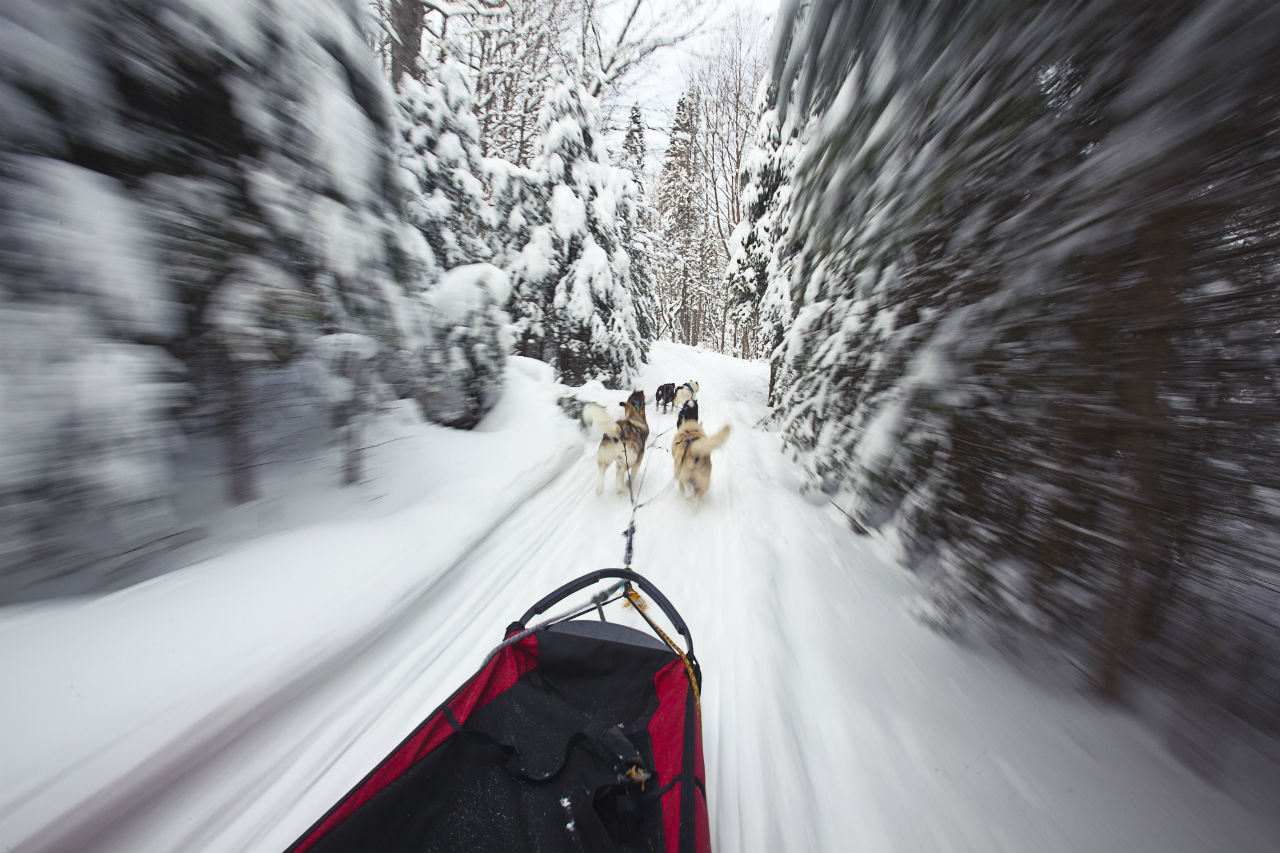
Photo: Ontario Tourism
Ontario’s oldest park, day-trippable from both Toronto and Ottawa, contains enough snow-dusted pines and frozen streams to cover three Rhode Islands. Head here on Family Day weekend (the third weekend in February) for the Winter in the Wild Festival, where you’ll find winter activities (get ready to work on your snow fort skills) along with food and games, and entry is free.
Mew Lake Campground is open year-round — stay in one of their heated yurts — and is a sweet base for some of the park’s ongoing activities: skiing, snowshoeing, and seeing any wildlife that isn’t hibernating. Or take advantage of a backcountry permit and let yourself loose in the wild to find remote campsites accessible only by cross-country ski. Companies like Call of the Wild and Voyageur Quest offer dogsledding trips through the park, and there’s a skating rink surrounded by snow-covered trees, complete with nets for ice-hockey games.
12. Edmonton, Alberta
Edmonton is a decidedly northern hub — it sits along the 53rd parallel — and it basically rocks all things winter. At the Silver Skate Festival you’ll be eating frybread cooked over an open fire in Cree Winter Camp or heading out on a snowy horse-drawn sleigh ride for Valentine’s Day. Every year, Edmonton Ice Castles builds enormous freestanding structures by hand, using only icicles and water — they end up looking a bit like frozen waterfalls, but better.
Nearby, the Strathcona Wilderness Centre brings you to a forest full of ski trails…where you’re never more than a couple miles from the heated lodge and a hot drink. In March, they host the Great Pastry Caper, an organized event where you can ski around from cookie station to cookie station. No excuses for not hitting the trails.
13. Fredericton, New Brunswick
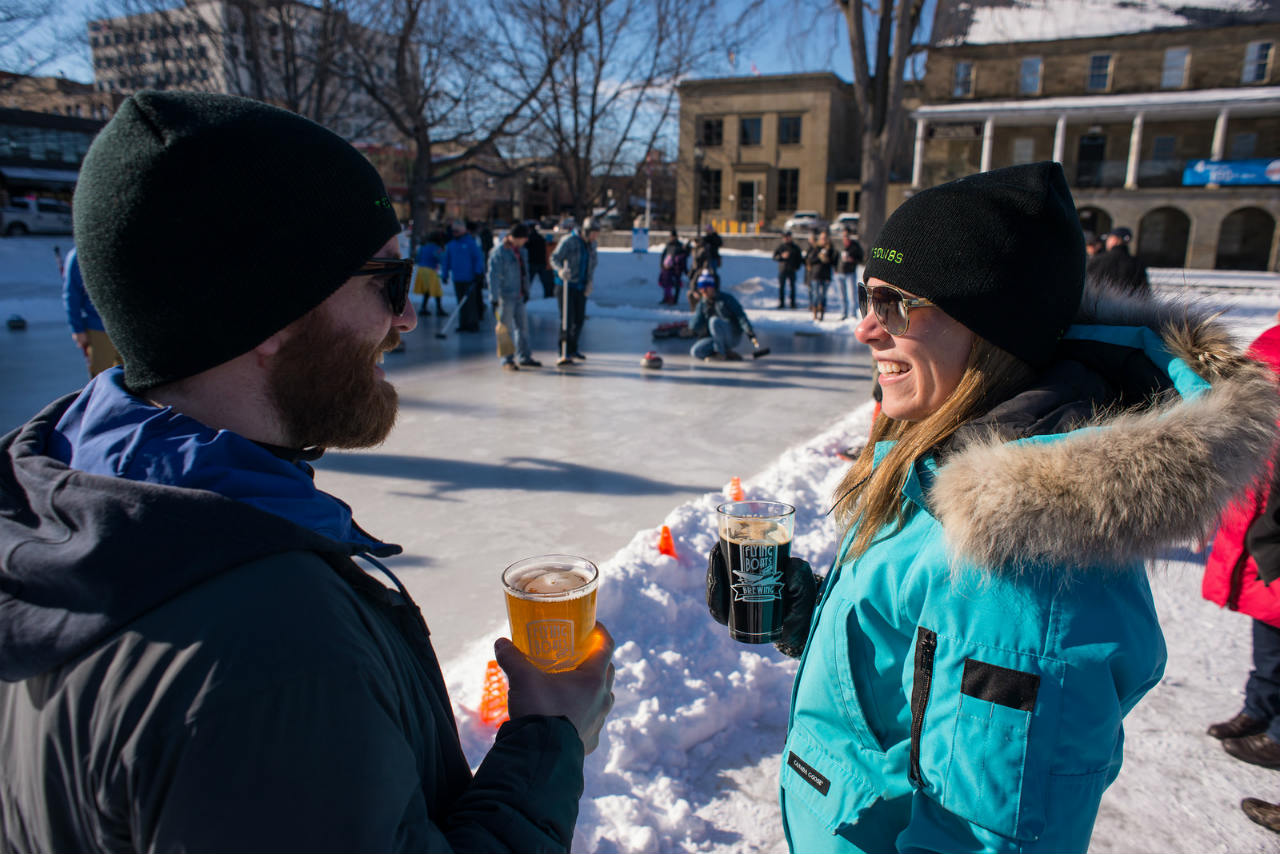
Photo: Fredericton Tourism
For four weekends in January and February, Fredericton gets transformed by the biggest winter celebration in Atlantic Canada. More than 100 events — from skating parties to craft beer tents — go down during FROSTival in New Brunswick’s capital. Giant ice slides, moonlight snowshoeing, whiskey nosing, and workshops on everything from jewelry making to meditation, as well as musicians and storytellers playing at venues across downtown? Told you Canada was brilliant in winter.
14. Toronto, Ontario
While it’s true that Canada’s largest city, Toronto, is pretty much always buzzing, it’s especially true in winter. The Christmas edition of Gladstone Flea at Queen Street West’s boutique art hotel is a prime example. The “curated marketplace” is chock full of vintage finds, antique goodies, and homemade treats. Then there’s Long Winter, an all-ages interactive arts festival that occupies Toronto’s Victorian-style Great Hall from November to March. Theater and dance? Check. Performance art? Check. Massive sculptures and locally created video games? Yep, that too.
After so much stimulation, there’s a chance you might just want to relax for a while. Toronto has you covered, in what is possibly the coziest way imaginable — cuddling up to some feline friends at Toronto’s first cat cafe, Tot the Cat Cafe. Just keep an eye on your London Fog with all those thirsty kittens around.
15. Earltown, Nova Scotia
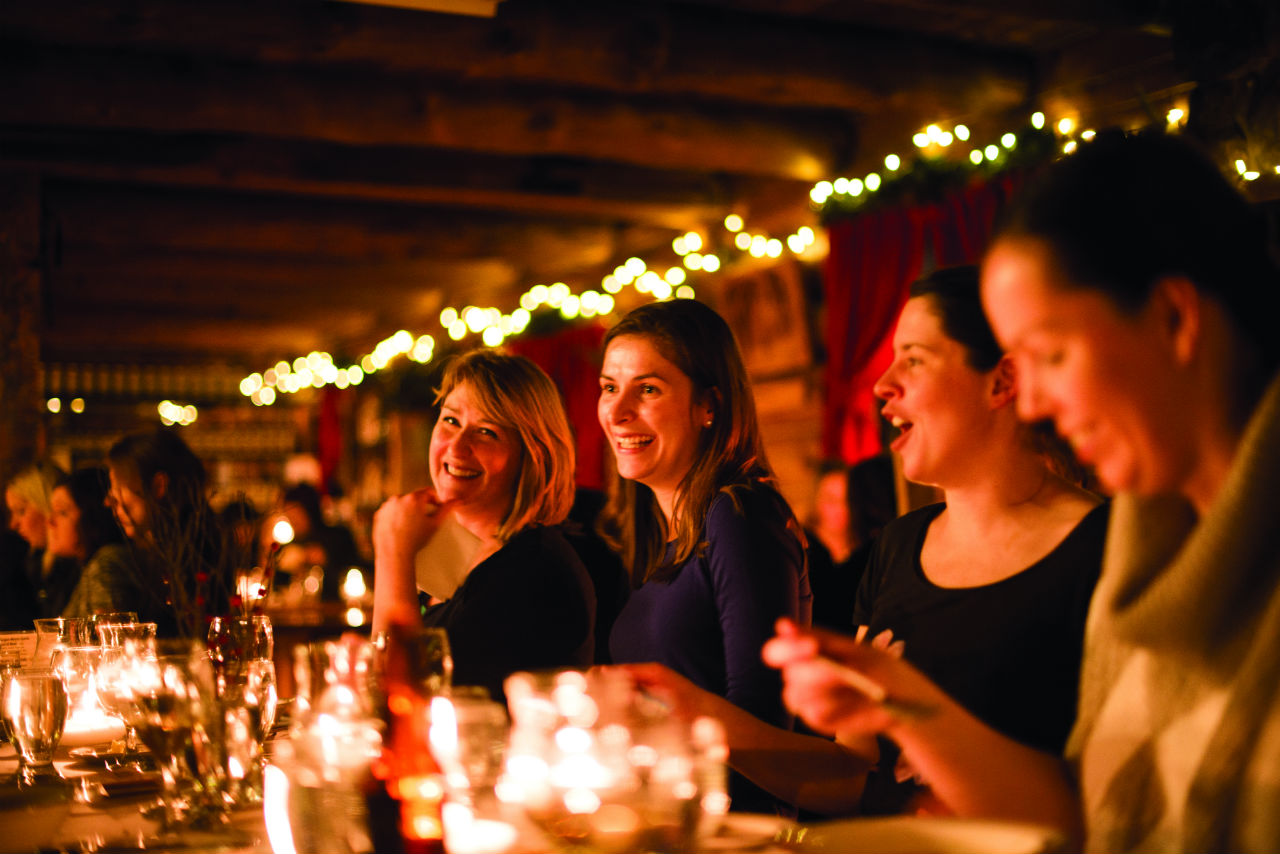
Photo: Scott Munn for Sugar Moon
A working maple farm just outside Earltown in northern Nova Scotia, Sugar Moon makes the finest syrup around, distilled the old-fashioned way with evaporators fired with mountain hardwood. At a traditional sugar shack, visitors can warm up with maple mustard on their sausages and maple whipped cream on their pancakes. Take a tour to learn how the syrup is produced from the roughly 2,500 maple taps on the extensive property. The “Maple Magic” tour includes brunch, maple syrup tasting, and a sugar camp tour — and you can make your own “sugar-on-snow” treat, straight from the tree. The 200-acre farm is open Saturdays and Sundays, 10am-4pm December to February, and 9am-5pm once the maple tapping starts in March.
Nova Scotia doesn’t just have a solid winter food and drink scene involving icewine and foodie film fests — the province is also known for having epic winter surf conditions. Some of the best surf is right around Halifax. Scope out the surrounding beaches and follow the waves, or head 30 minutes south to Lawrencetown Beach for consistently good swell.
16. Niagara, Ontario
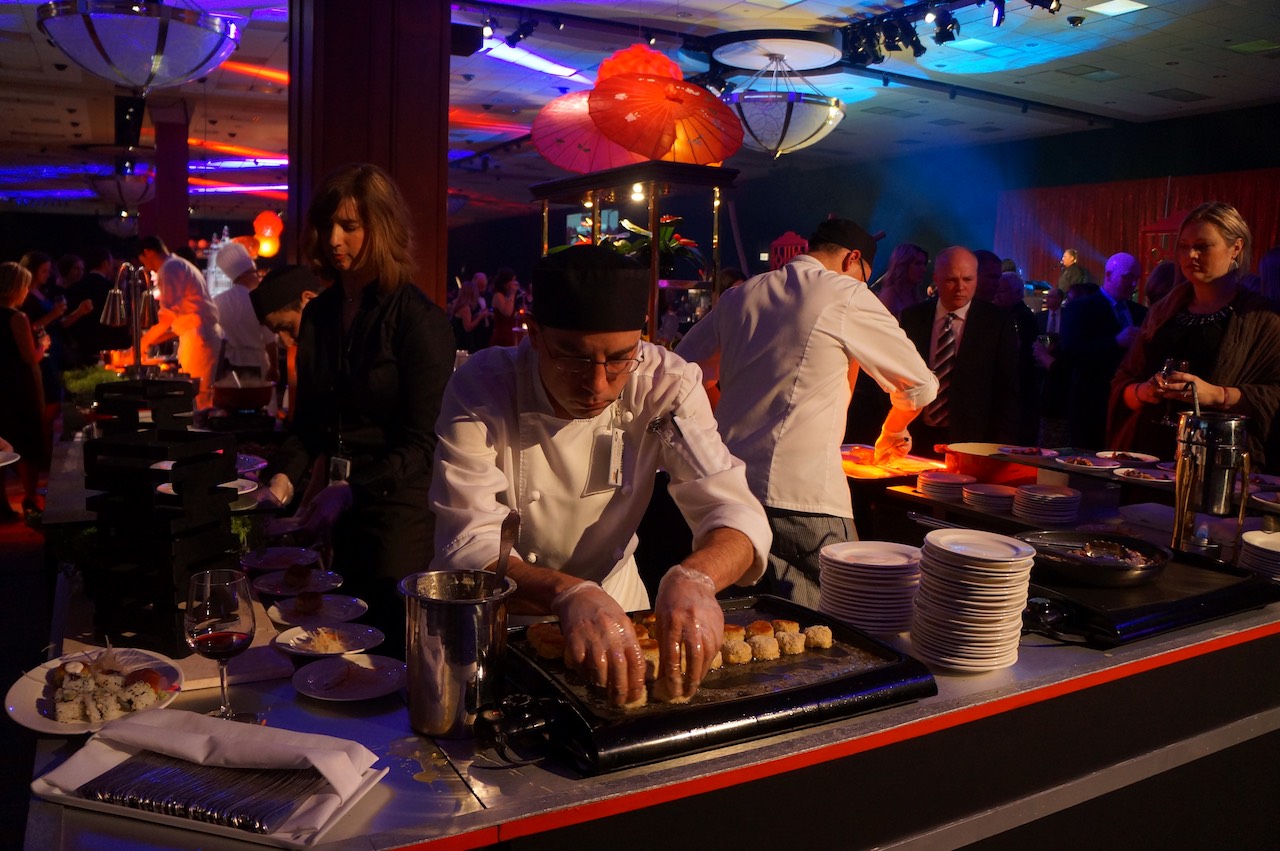
Photo: Niagara Icewine Festival
Ontario’s much-loved specialty beverage, Icewine, has its own festival here. Twenty of the region’s wineries combine to present their best pours next to the outdoor Icewine winter wonderland. Taste roasted chestnuts, Icewine marshmallows, and dishes by some of Niagara’s top chefs
While in the region, also check out the Peller Estates 10Below Ice Lounge, where close to 30,000 pounds of ice is used to create an igloo lounge accessible year-round — don’t worry, parkas are provided. And you should, of course, stop by the Falls themselves, whose winter appearance is arguably the most magical than at any other time of the year. Lampposts and benches are coated with inches of frozen spray, and ice crystals fill the air with rainbows.
